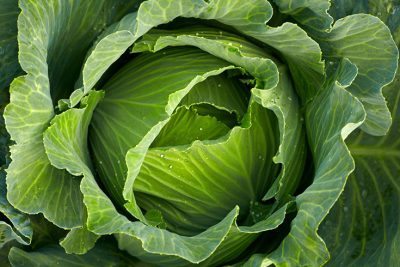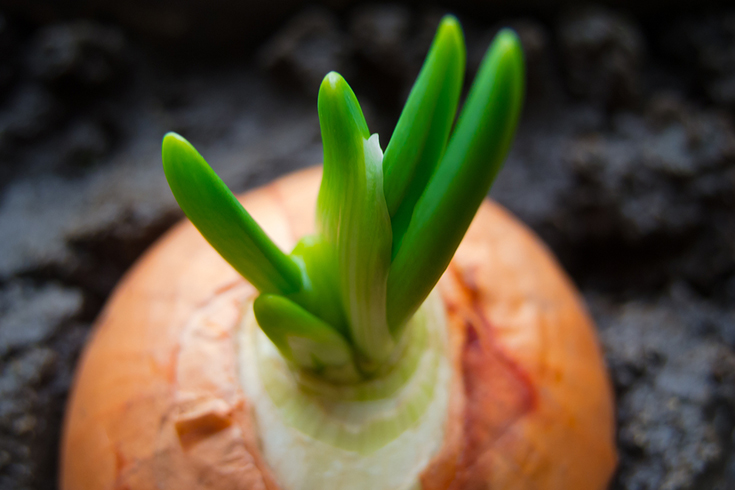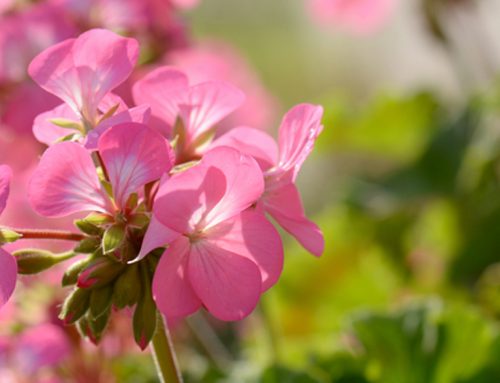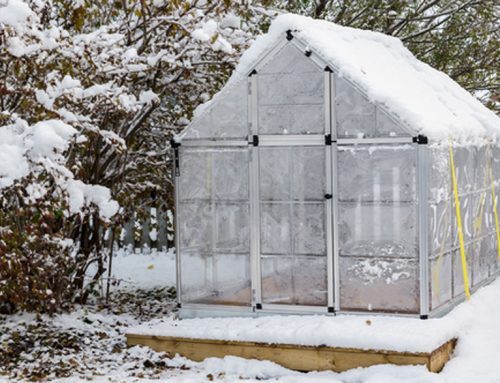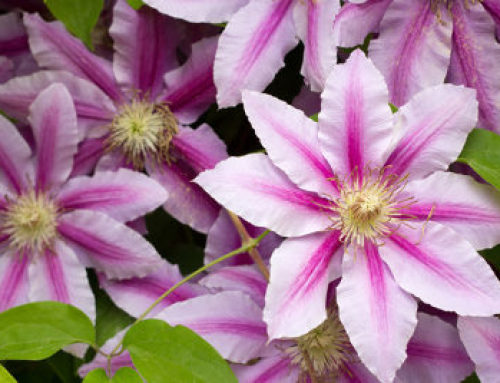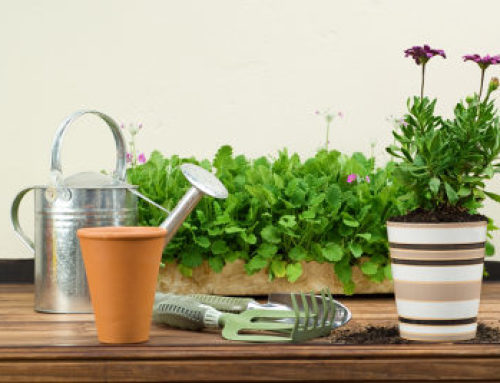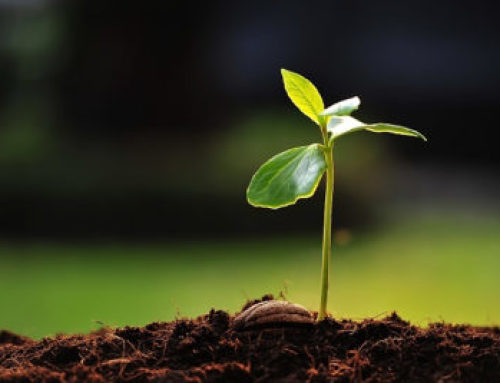When you’re happily beavering away in the veg garden over summer, it can seem like the long days of abundant flowers and fruit will never end. But one day, inevitably, you cut the last pumpkin and pull up the bean plants and it is, undeniably, winter.
There’s no need to stop enjoying your plot just because the weather has turned cold, though. Embrace winter as part of your veg-growing year and you’ll find your patch can be as productive from November to February as it is for the rest of the year.
You’ll need to begin planning in early spring, as these are plants which need a long time in the ground. Start by choosing some of the great winter veg we offer as seeds or plug plants in our garden centre: here’s our pick of the best.
- Parsnips: sow fresh seed direct into the ground: the sweet, pale roots taste better after being kissed by frost. Recommended varieties: ‘Tender and True’, ‘Gladiator’.
- Cabbages: super-hardy savoys have fabulous flavour and texture: follow with crunchy spring cabbages for an April treat. Recommended varieties: ‘January King’, ‘Duncan’ (spring cabbage).
- Brussels sprouts: plant early, mid-season and late varieties to pick fat sprouts from September to February. Recommended varieties: ‘Trafalgar’, ‘Rubine’.
- Celeriac: knobbly roots with the fine flavour of celery but much easier to grow: keeps well, too. Recommended varieties: ‘Prinz’, ‘Monarch’.
- Kale: if you want an easy-to-grow cabbage substitute, pick young kale leaves for a taste sensation. Recommended varieties: ‘Dwarf Green Curled’, ‘Cavolo Nero’.
- Winter salads: sow spicy winter baby-leaf mixes under cloches, or pick from the new range of Japanese salads. Recommended varieties: Mizuna, Mustard ‘Red Frills’.
- Chard: sow in September and you’ll be picking spinach-like chard all winter. Protect with cloches in bad weather. Recommended varieties: ‘Rhubarb’, ‘Swiss Chard’.
- Leeks: ramrod straight leeks are as hardy as anything: plant seedlings deeply for long white shanks. Recommended varieties: ‘Musselburgh’, ‘Bleu de Solaise’.
- Rhubarb: force clumps of big, beefy rhubarb for tender pink stems from February onwards. Recommended varieties: ‘Timperley Early’, ‘Victoria’.
Planning the Winter Vegetable Garden
Canny vegetable gardeners start thinking about what to grow next winter as soon as the last one is finished. Take time out from the spring rush to think about what you’ll grow in the coldest months of the year and you’ll reap the rewards in fat cabbages, nutty Brussels sprouts and kale when there’s little else around to pick.
The range of veg you can enjoy in winter is extraordinary, and from late spring onwards you’ll find a huge variety on sale as plug plants and seeds in your favourite garden centre. Look out for delicacies like long-cropping ‘Dwarf Green Curled’ kale, burgundy ‘Rubine’ sprouts, pretty red ‘Rhubarb’ chard or knobbly gourmet root vegetable Celeriac ‘Prinz’.
Winter veg plants often take a long time to grow, so get winter brassicas, leeks, parsnips, swede and celeriac in the ground from late spring. Faster growing chard, winter spinach and salads can wait till August: sow to follow on from potatoes or onions to keep your veg garden productive year-round.
A time-honoured way of keeping slow-growing brassicas out of the way while you enjoy earlier crops is a nursery bed. This is a separate area – often a raised bed or cold frame – for sowing rows of brassicas direct. Thin seedlings as they grow, then in June dig them up and transplant into beds just vacated by early broad beans, peas or lettuces.
If you haven’t room for a nursery bed, you can still grow early crops in between generously-spaced brassicas like Brussels sprouts plants, usually sown around 60cm apart. While they’re still small, use the space between the seedlings for an extra crop of carrots, salads, spinach or beetroot. The faster crop will be out of the ground well before the brassicas are big enough to overshadow them, giving you twice the crop from the same amount of space.

